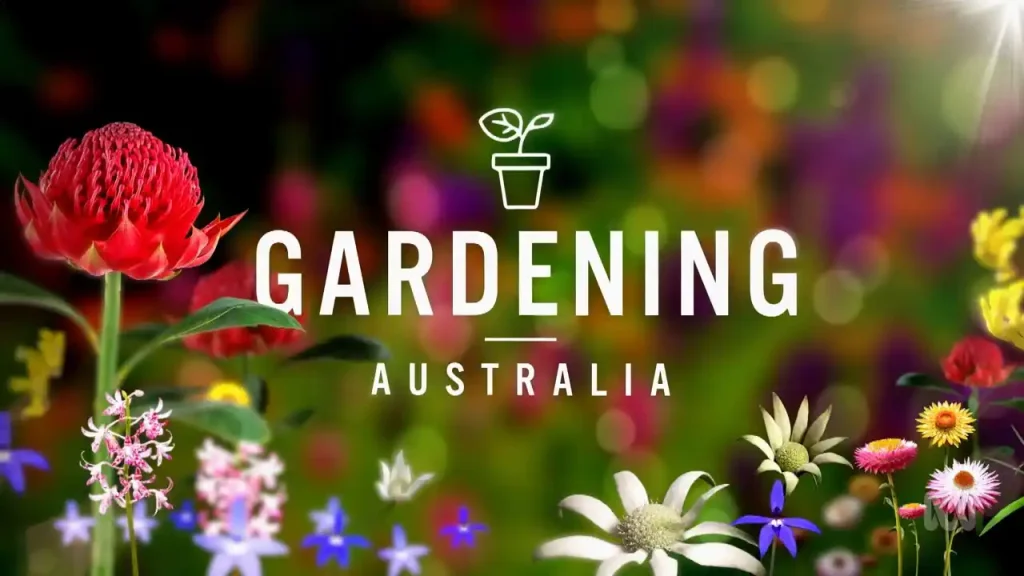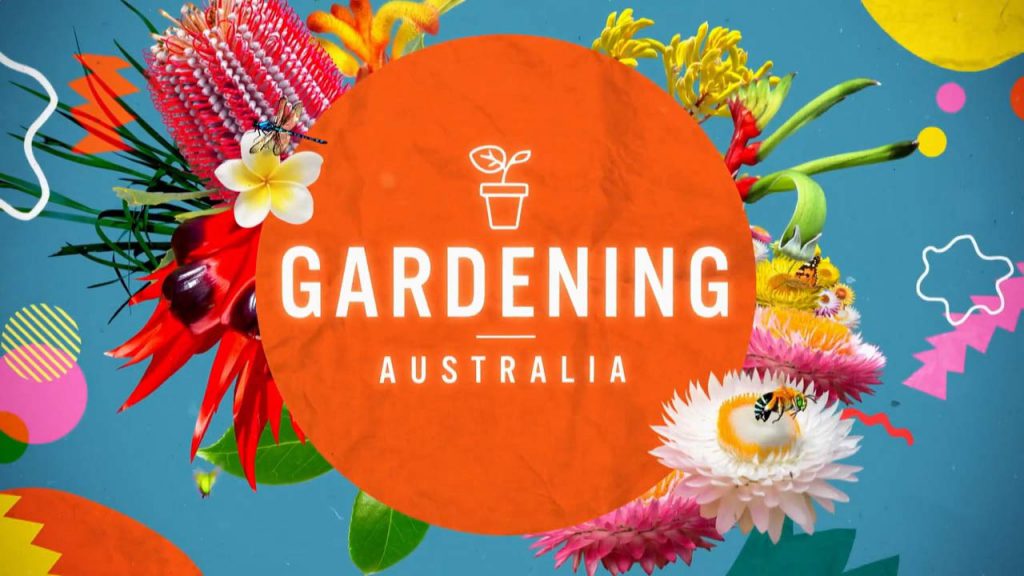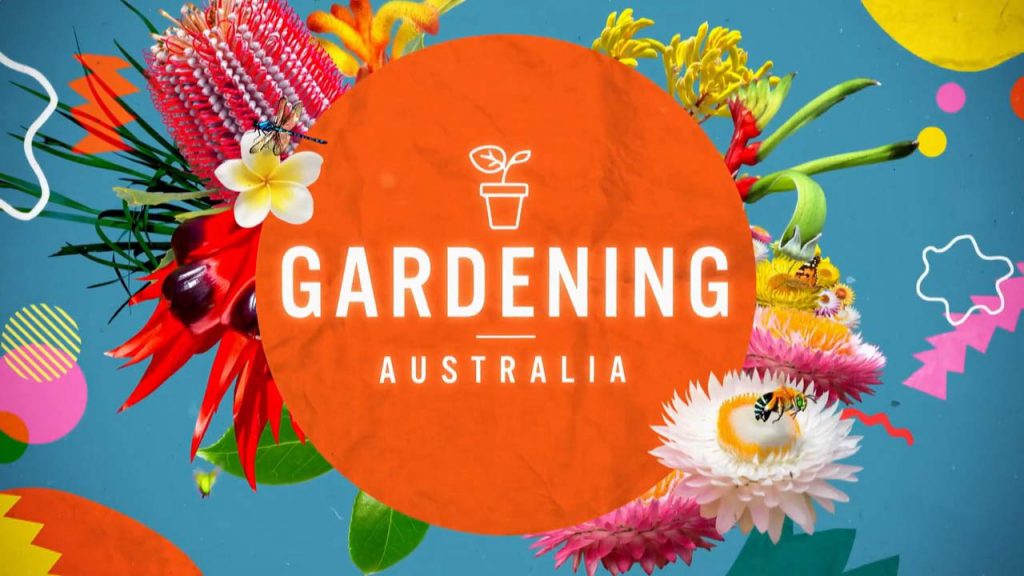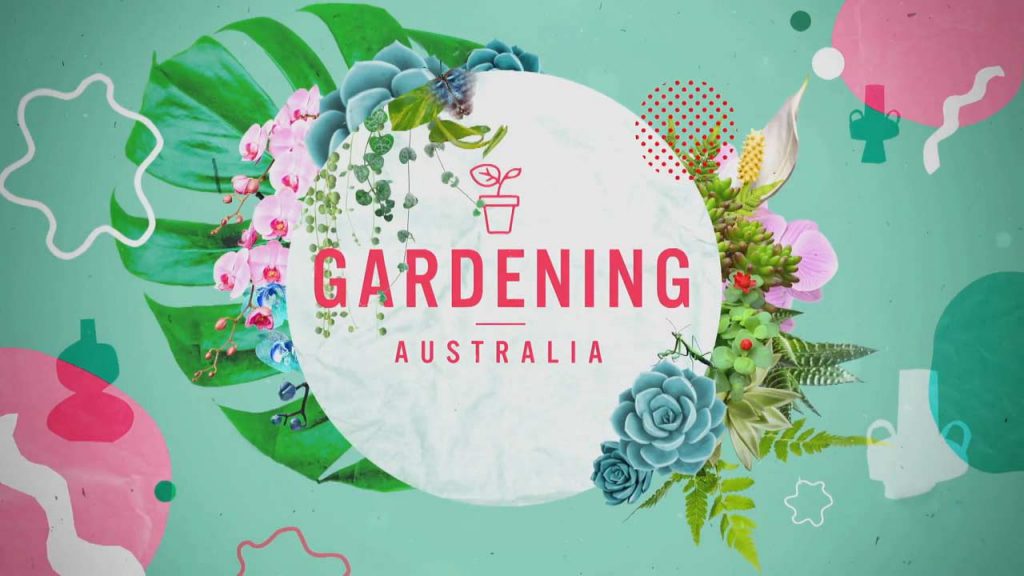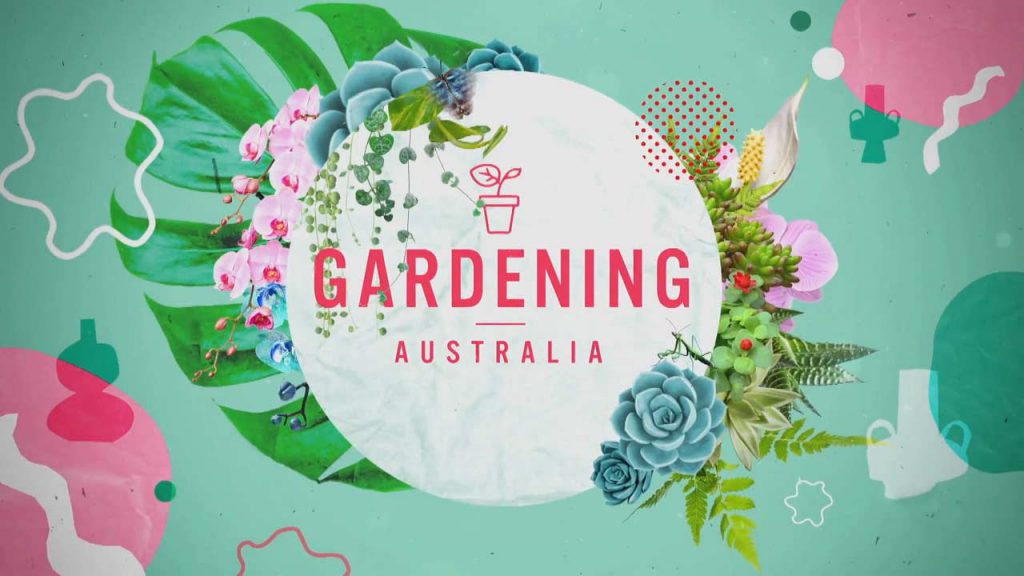Gardening Australia episode 13 2023: In this captivating episode, we delve into the inspiring stories of individuals who possess a deep-rooted passion for nature and gardening. Follow Millie on her journey as she ventures to various regions, discovering invaluable insights from seed farmers committed to preserving the diverse heritage and legacy of plants. Join Costa as he contemplates the profound impact of gardening on mental health and well-being, offering invaluable advice on crafting a serene and mindful space within your backyard sanctuary. Bear witness to Josh’s remarkable encounter with a dedicated group of lake enliveners, tirelessly working to rejuvenate the health and splendor of a local waterway.
Marvel at how Clarence ingeniously transforms a once dark and overlooked corner of his garden into a lively and welcoming haven for both wildlife and humans to enjoy. Admire Jane’s extraordinary family legacy of gardening, spanning four generations, showcasing an eclectic mix of styles and influences.
Finally, meet an innovative landscape architect who seamlessly weaves elements of wilderness and natural beauty into her urban design projects. Through these compelling narratives, you’ll be inspired to appreciate the wonders of nature and gardening, and perhaps even feel motivated to embark on your own horticultural adventure.
Gardening is one of the most popular hobbies in Australia, with more than four out of five households having their own garden. Gardening is not only good for your health and wellbeing, but also for the environment and wildlife. Gardening Australia also showcases some of the innovative projects and initiatives that are transforming the way we garden and live sustainably.
Gardening Australia episode 13 2023
For Goodness Lake
Josh visits a critical piece of urban habitat and meets the community collaborators nursing it back to life. Despite being just 10km from the Perth city centre and surrounded by homes, Lake Claremont is a critical piece of urban habitat. But, as Heidi Hardisty explains, only decades ago it was cleared for market gardens, filled in as a rubbish tip, and landscaped into playing fields, and a golf course. Almost all the original bushland from the area was lost.
Heidi, the former coordinator of Friends of Lake Claremont, says this destruction was turned around in the 1980s when the importance of natural habitat became recognised, and a local resident, Bruce Haynes, helped instigate a management plan to restore the lake area to its more natural state. He also gathered a group of resident volunteers to care for the lake environment, which became the Friends of Lake Claremont.
A referendum on the fate of the golf course was put to residents in 2009 – should it stay or close? The Friends group and its supporters narrowly won, and all 20ha of the former golf course was converted back to parkland.
With help from the council, the grass was killed off, huge loads of mulch brought in, and planting areas fenced off ready for indigenous plants to be replanted in the area. More than 1000 volunteers helped in that first planting season, and at least 350,000 native seedlings have been planted since then.
Shady Lovers
Clarence rejuvenates a shady spot into an oasis of native plants that thrive in acidic soils. We’ve all got those awkward spots in our garden, an unused shady corner or an area behind a shed. These spots are often dark, with lots of leaf litter and abandoned to the throes of nature. Clarence shows us their potential to become an oasis of native plants thriving in slightly acidic soils that mirror our warm or cool temperate rainforests.
This small, neglected patch is shaded by ferns and palms with many native plants already finding their home here. These plants all love growing in the rainforest periphery in moist conditions and well-drained soil.
Lord Howe Island Lilly (Deities robinsoniana) as the name suggests is endemic to the island and inhabits cliffs and forest margins with moist, well-drained, fertile soils. Elephant Ear (Alocasia brisbanensis) from Brisbane is also known as Cunjevoi and grows naturally as an understory herb in the rainforest margins of eastern Australia. Be cautious when planting in homes near children or pets as these can be highly toxic if eaten.
Spur Flower (Coleus syn. Plectranthus sp.) thrives in full shade and is loved for its intense blue flowers and fragrant leaves. Clarence plants a variegated cultivar to create visual interest in the gaps of this garden. The Blue Flax Lilly (Dianella caerulea) is an evergreen native grass with dark green strappy leaves and brilliant blue berries. It has a spreading habit which grows through underground rhizomes forming a string of new clumps along the stems. It will benefit from tidying up every few years by removing dead or damaged stems. Don’t try to hedge native grasses as cutting leaf blades can invite disease. Clarence plants a few more into the bed.
Watering Pot Plants
In the world of indoor gardening, Tammy shares her valuable insights on effectively watering potted plants, emphasizing the importance of deep watering. Ensuring that the water penetrates the soil to reach the roots is crucial for plant health. When you observe water swiftly escaping from the pot’s base, it’s likely that the soil has become hydrophobic. This is a natural occurrence as organic matter in the potting mix decomposes, forming a waxy layer that repels water.
To overcome this challenge, you have two options: either transplant your plant into fresh, nutrient-rich soil or introduce a wetting agent to help the soil absorb water. By addressing this issue, you’ll provide a hospitable environment for your plants to thrive.
When dealing with small pots that have dried out, submerging them in a bucket of water can work wonders. Keep an eye out for bubbles surfacing, which signifies water displacing air pockets within the soil. Once the bubbling ceases, it’s an indication that the soil is consistently moist. Utilizing this technique before transplantation will not only ease root extraction but also expedite the plant’s recovery process.
In summary, proper watering methods and understanding the signs of hydrophobic soil are essential for maintaining happy and healthy potted plants. By following Tammy’s advice, you’ll nurture an indoor garden that flourishes, showcasing the fruits of your attentive care.
